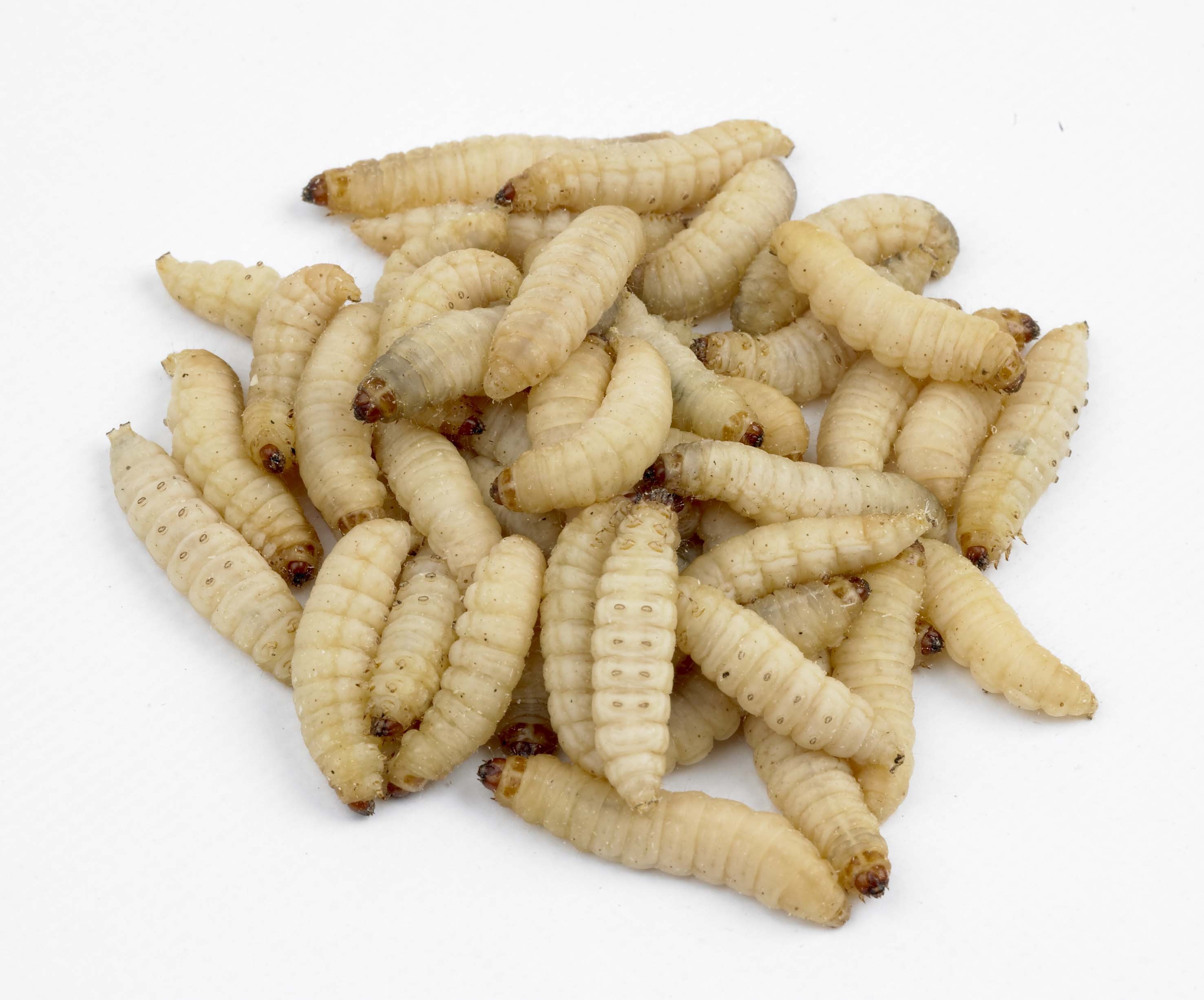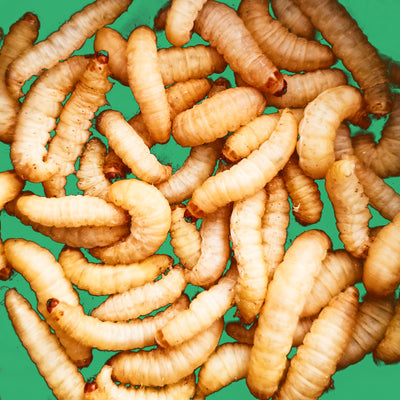

If it doesn’t move, it doesn’t so much as pique his interest.

Since reaching about a year of age, our gecko has had no interest in freeze dried mealworms. So, for a time, freeze dried mealworms served their purpose as a fallback that was always available, and safe to leave in the habitat. Tiny gecko toes can be especially vulnerable. They can eat your gecko’s poop if they get desperate, which can make your leopard gecko sick. Live mealworms will try to eat just about anything and can bore into bark or branches and perhaps pieces of décor you may have in the tank. This was safer than leaving live mealworms in a bowl that could be tipped over. So, now that we know what kinds of insects leopard geckos eat, let’s take a look at each of the most common options in more detail: MealwormsĪs a hatchling and juvenile, our gecko would eat freeze dried insects I’d usually leave a few in the tank so there was always a food supply.

You may go through crickets like crazy, only to find your gecko suddenly looses interest in crickets. Your gecko may be picky, or switch preferences from time to time. Some owners will also feed leopard geckos dubia roaches or waxworms. What should I feed aĪ pet leopard gecko’s diet typically consists of mealworms and crickets. In fact, leopard geckos are not built to digest plant matter. Unlike other common pet reptiles like iguanas or bearded dragons, leopard geckos do not eat vegetables, fruit, or plants. Leopard geckos are insectivores, which means they eat live insects. As always, thanks!* What do leopard geckos eat? *We’re an affiliate – we may earn a commission through qualifying purchases from the links on this page.


 0 kommentar(er)
0 kommentar(er)
